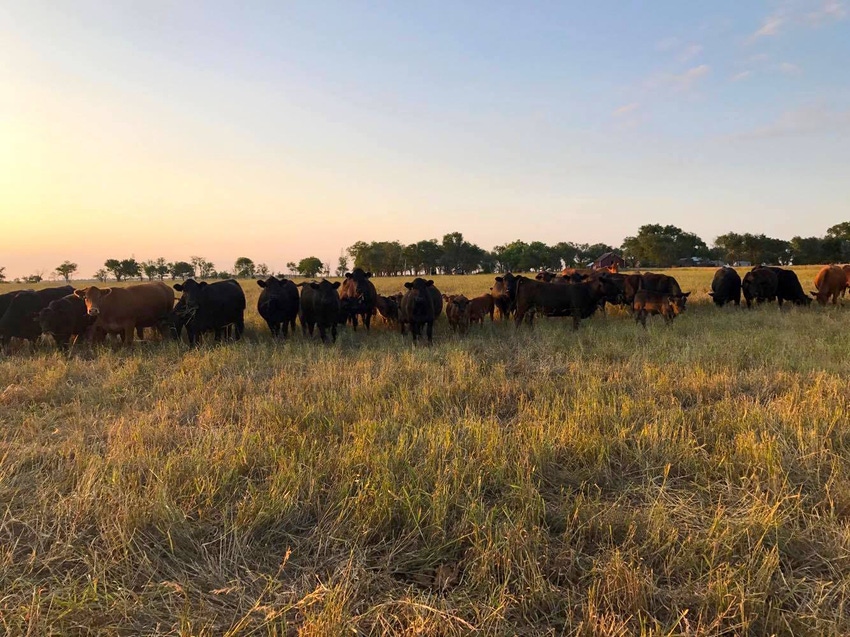The Fort Keogh Livestock and Range Research Laboratory may soon lose funding due to Congressional budget cuts. Here is how it will impact the beef industry.
August 2, 2017

There are two keys to a profitable ranching enterprise — adapting to advancements in technology while balancing the inputs to keep the business in the green.
This is a lesson Congress could learn as my generation will have to grapple with a multi-trillion dollar national debt. Spending more than you earn is a recipe for disaster, whether you’re running a family business or an entire country.
The Trump administration is working hard to decrease the red on our nation’s balance sheet, and that starts with eliminating programs, cutting positions and axing the funding for various projects. Some I’m glad to see cut, like the overreaching and bloated Environmental Protection Agency. Others, however, no matter how necessary, are a little harder to come to terms with.
One example is the Fort Keogh Livestock and Range Research Laboratory. Some of the lab’s original studies date back to the 1930s where researchers calculated the optimum stocking rates for cattle and sheep on rangelands. This information taught us to reduce soil loss from over-grazing and increase productivity of livestock and wildlife.
In more recent years, the lab has addressed land management following a wildfire and the appropriate amount of feed cows and heifers need to be most efficient and reproductively viable.
According to On Pasture, “These kinds of important discoveries could be coming to an end. The lab is part of the USDA's Agricultural Research Service, and in the most recent proposed budget it was one of 11 labs slated to be closed. That would be a real loss to all of us.”
On Pasture credited the lab to developing methods for genetic evaluation such as estimated breeding values and expected progeny differences.
In the article, On Pasture reports, “Researchers at the lab were the first to establish birth weight as the most important factor in calving difficulty. If you're irrigating, you might be using the water spreading systems they developed, as the researchers worked to demonstrate that water normally lost to runoff could be used to grow more native and introduced grasses. Finally, if you're raising crossbred cattle, tip your hat to the folks at Fort Keogh who first demonstrated that crossbreeding improved beef production efficiency.”
The lab has also produced research that has improved efficiency of beef cattle on rangeland. Currently, staff members are looking at genetics, reproductive physiology, nutrition and growth of beef cattle, and at range pasture development, improvement and management.
According to the article, “It’s problem-solving, basic research to meet the immediate and future needs of farmers and ranchers. It's the kind of research that no one else funds or does because no one makes money from it except the rancher.
“We think it's important to use tax dollars to support this kind of research because it's a way for Americans to support the people who raise all our food. As a nation, we put some pretty heavy burdens on the folks that do that job, asking them to meet all kinds of environmental and safety regulations. It only seems reasonable that we would support work that helps farmers and ranchers be more productive and profitable. And that’s just what the folks at the Fort Keogh Livestock and Range Research Lab do.”
On Pasture is asking folks to talk to elected officials about the lab and its role in beef cattle production. Contact the House and Senate Ag Committees to urge them to continue funding the lab. Budget discussions are going on right now.
Here is the contact information:
U.S. Senate Committee on Agriculture, Nutrition, & Forestry
328A Russell Senate Office Building, Washington, DC, 20510
Phone: (202) 224-2035, Fax: (202) 228-2125
House Committee on Agriculture
1301 Longworth House Office ,Building Washington, DC 20515
Phone: 202-225-2171, Fax: 202-225-4464
The opinions of Amanda Radke are not necessarily those of beefmagazine.com or Penton Agriculture.
About the Author(s)
You May Also Like





